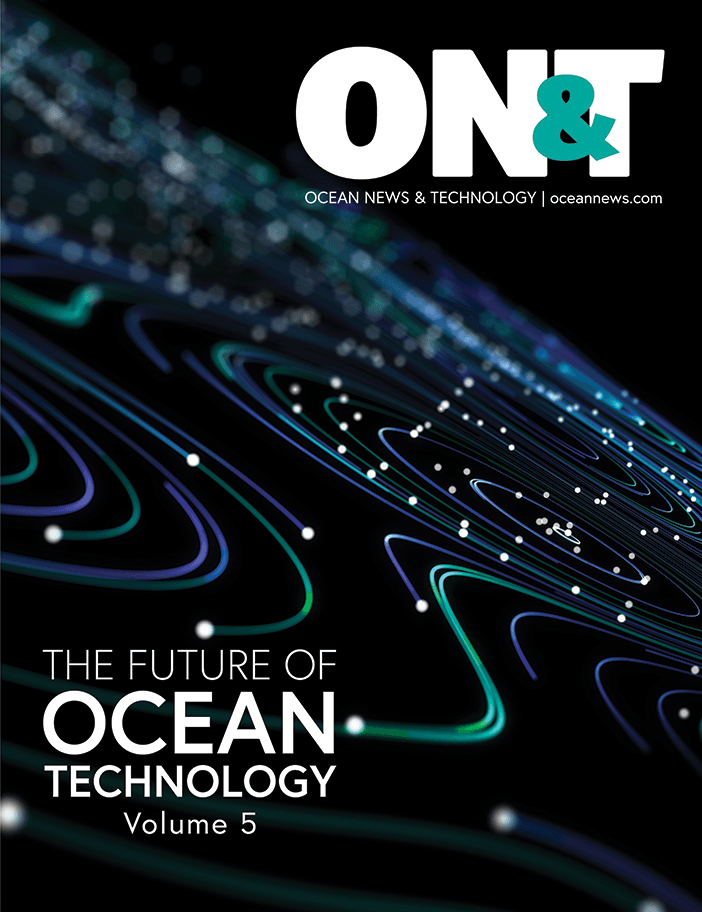Through collaborative efforts with companies within the marine ecosystem, COVE has identified a crucial need for a shared foundation of physical and digital infrastructure centered around ocean data to propel product advancement.
COVE’s Digital Harbour initiative aims to digitize the Halifax Harbour, creating a comprehensive real-time data platform. This ambitious project encompasses data collection from various sources, spanning the seabed, in the water, on the water’s surface, on land, in the air, and via satellite – a concept which evolved from COVE’s Stella Maris Testing Solution, a shoreside testbed for marine instrumentation. This inclusive approach sets the stage for a transformative leap in the ocean data landscape.
A Unified Platform for Industry-Specific Insights
Digital Harbour focuses on generating industry-specific insights by collecting data in key locations in real-time. The digital platform, designed to be user-friendly and accessible, facilitates collaboration among stakeholders involved in developing ocean products along with the broader ocean community. This collaboration is vital for overcoming challenges unique to ocean data management and product development.
Recent advancements in ocean observation technologies will be integrated into Digital Harbour, creating a network of real-time data collection instruments. This blend of cutting-edge instruments and historical data holds immense potential for developing and implementing predictive algorithms, deepening our understanding of marine environments and enhancing our ability to anticipate and respond to changes in the marine ecosystem.
Managing ocean data poses difficulties as conditions are constantly changing, operational expenses are high, and direct access to hardware in the field is challenging. COVE recognizes the challenge of implementing standardized measurement concepts and is actively striving to create consistency among different data sets using the Halifax Harbour as the platform to do so. The integration of various datasets on the Digital Harbour platform enables the discovery of novel insights that were previously inaccessible solely through historical data analysis.
AI’s Role in Real-time Data Analysis
The utilization of various data sets within a consolidated platform such as Digital Harbour marks a new era of knowledge that was previously unattainable solely through historical data. AI algorithms have the ability to analyze vast and complex data sets, uncovering patterns and correlations that traditional analytical methods may overlook.
A prime example is the ability to monitor E. Coli levels in the harbour, one of the several validated use cases of the project. By merging this information with live AIS (Automatic Identification System) data, it opens the opportunity to explore the potential correlation between elevated E. Coli levels and heightened vessel activity, isolated weather events, or seasonal variations. This integration offers valuable insights that were previously inaccessible, enabling a deeper understanding of the factors potentially influencing E. Coli levels and their impact on specific areas.
This increased understanding can result in more precise interventions and preventive measures aimed at reducing the risk of E. Coli contamination in our waters. Through the possible connection between vessel activity or weather events and levels of E. Coli, governing bodies can enforce more stringent regulations and monitoring procedures during peak periods. This implies that specific actions can be taken by authorities to tackle the problem of E. Coli contamination in our water, such as increasing the frequency of water quality tests or implementing stricter regulations. This data-driven approach can contribute to informing the public about the potential health hazards linked to certain areas, fostering responsible behavior and decreasing the likelihood of contamination incidents.
Charting a Course Towards a Connected Future
Digital Harbour is not merely a technological endeavor; it serves as a testament to the influence of strategic partnerships and shared expertise in shaping the future of marine data and technology. The project highlights the importance of collaboration, forging innovative alliances, and implementing practical solutions, thereby demonstrating COVE’s dedication to creating an environment that fosters technological advancements.
This initiative marks a significant stride towards a more interconnected and technologically advanced marine ecosystem. As COVE continues to navigate the intricacies of the marine technology landscape, its unwavering commitment to collaborative endeavors and practical implementations ensures a future where the oceans are not only traversed but also comprehended, monitored, and safeguarded through the power of groundbreaking technology.
This feature originally appeared in ON&T Magazine’s January/February 2024 issue. Click here to read more.

